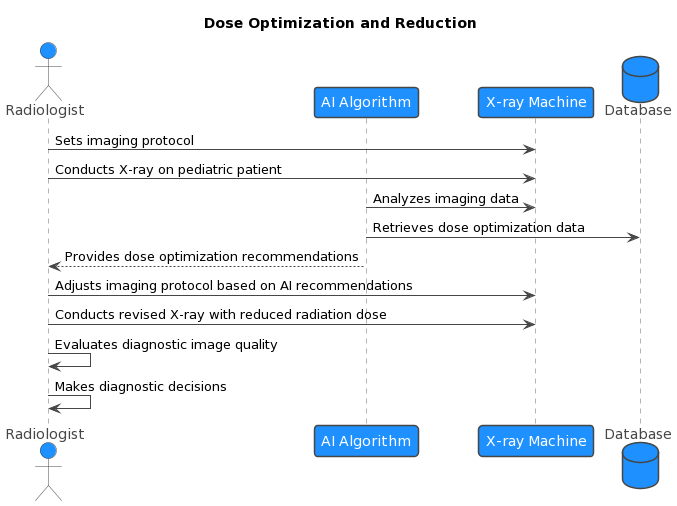Recent Developments in AI Algorithms for Pediatric Radiology: Advancements in Detection, Diagnosis, and Management
Rosa Alba Pugliesi
Klinikum Ludwigsburg
https://orcid.org/0000-0001-5108-2104
Keywords: Abnormalities, Bone age, AI algorithms, Children, Pediatric radiology, Radiologists, Treatment, X-rays
Abstract
Recent developments in artificial intelligence (AI) have paved the way for groundbreaking applications in pediatric radiology, significantly improving the detection, diagnosis, and treatment of abnormalities in young patients. This research presents an overview of the recent developments in the application of artificial intelligence (AI) algorithms in pediatric radiology. Pediatric imaging studies, including X-rays, CT scans, and MRIs, play a crucial role in identifying abnormalities and guiding appropriate treatment plans in children. AI algorithms aid radiologists in the early detection and diagnosis of abnormalities in pediatric imaging studies. These algorithms assist in identifying conditions such as fractures, tumors, and congenital abnormalities, thus enabling timely interventions and improving patient outcomes. Bone age assessment is another critical aspect of pediatric radiology, as it facilitates the monitoring of a child's growth and development. AI-powered software has been introduced to analyze X-rays of a child's hand and wrist, accurately estimating their skeletal maturity and comparing it to their chronological age. This capability assists in the diagnosis of growth disorders and informs treatment decisions. Considering the sensitivity of children to radiation exposure, dose optimization is of paramount importance in pediatric radiology. AI algorithms have been harnessed to adjust imaging protocols and reduce radiation dose while maintaining diagnostic image quality, thereby minimizing potential risks to young patients. AI-based segmentation techniques have emerged as valuable tools in pediatric radiology, automatically outlining and labeling organs, tissues, or structures in imaging studies. The research also highlights the development of AI algorithms for the detection and classification of lung conditions, including pneumonia, in pediatric chest X-rays. Early identification of such conditions through AI-driven systems can lead to faster treatment initiation and improved patient outcomes. In addition to diagnostic capabilities, AI techniques, particularly deep learning, have been applied to enhance image quality in pediatric radiology. This innovation is particularly beneficial in cases of noisy or low-resolution images, leading to improved diagnostic accuracy and more effective clinical decisions. Moreover, the integration of AI-driven clinical decision support systems into pediatric radiology workflows has shown promise. These systems provide radiologists with valuable insights, such as differential diagnoses, treatment recommendations, and prognosis predictions, leading to improved overall patient care.


